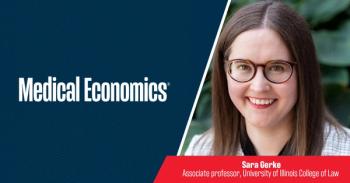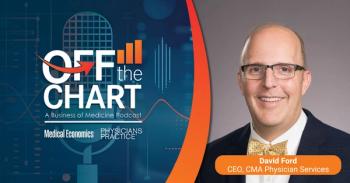
Primary care growth flat in latest Match Day
Hiring a new physician for your practice won't be any easier in the near future: this year?s crop of family and general internal medicine residents is just as big as last year.
Unless you’re in an osteopathic practice, hiring a new physician for your practice won’t be any easier in the near future. This year’s crop of family and general internal medicine residents to come out of Match Day is just as small as last year.
This news comes just a month after the National Matching Services Inc. reported that
On Match Day last week, however, family medicine residencies attracted only 1,335 U.S. medical school graduates-up by 18 compared with 2011.
The total number of students choosing family medicine-including international medical graduates-was 2,611, compared with 2,576 in 2011.
Internal medicine residences drew 2,941 U.S. medical school seniors, an increase of just one person from 2011.
"After seeing increases in 2010 and 2011 for the internal medicine residency match for U.S. medical students, we are disappointed that there was not a bigger increase this year," Virginia L. Hood, MBBS, MPH, FACP, president of the American College of Physicians (ACP), said
The 2012 match numbers for internal medicine include students who ultimately will enter a subspecialty of internal medicine, such as cardiology or gastroenterology. Currently, about 20 to 25% of internal medicine residents eventually choose to specialize in general internal medicine, compared with 54% in 1998, according to the ACP.
Provisions of the Patient Protection and Affordable Care Act-such as the Primary Care Incentive Program and pilot projects that support the Patient-Centered Medical Home by paying for quality of care and the administrative costs of coordinating care-are designed to encourage more medical students to become primary care physicians, says Glen Stream, MD, president of the American Academy of Family Physicians. Stream also was disappointed with the match results,
“These incentives are a good beginning, but we can’t lose momentum,” Stream said. “We need to double down on programs that generate student interest.”
Dermatology, orthopaedic surgery, otolaryngology, plastic surgery, radiation oncology, thoracic surgery, and vascular surgery were the most competitive fields for applicants this year, according to the NRMP.
Related Content
Newsletter
Stay informed and empowered with Medical Economics enewsletter, delivering expert insights, financial strategies, practice management tips and technology trends — tailored for today’s physicians.


















